48V explained: what is it, do you need it and what are the pros and cons




Most RVers would be familiar with 12V electrical systems, but with the growing shift towards gasless caravans and power-hungry RVs, 48V is gaining traction. But what is it, do you need it and are there any drawbacks?
First of all, let’s explain the difference between 12V and 48V. Both are portable, battery-stored electrical systems used to power lights, appliances and electronics when you are off-grid and unable to connect to mains (240V) power. The voltage is a measure of the battery’s capacity to discharge energy. In RVs, 12V traditionally powers the lights and low-draw appliances such as USB charge points and compressor fridges. Both 12V and 48V power systems can support larger, more electricity-intensive appliances, such as a household kettle, when the power is converted to 240V through an inverter.
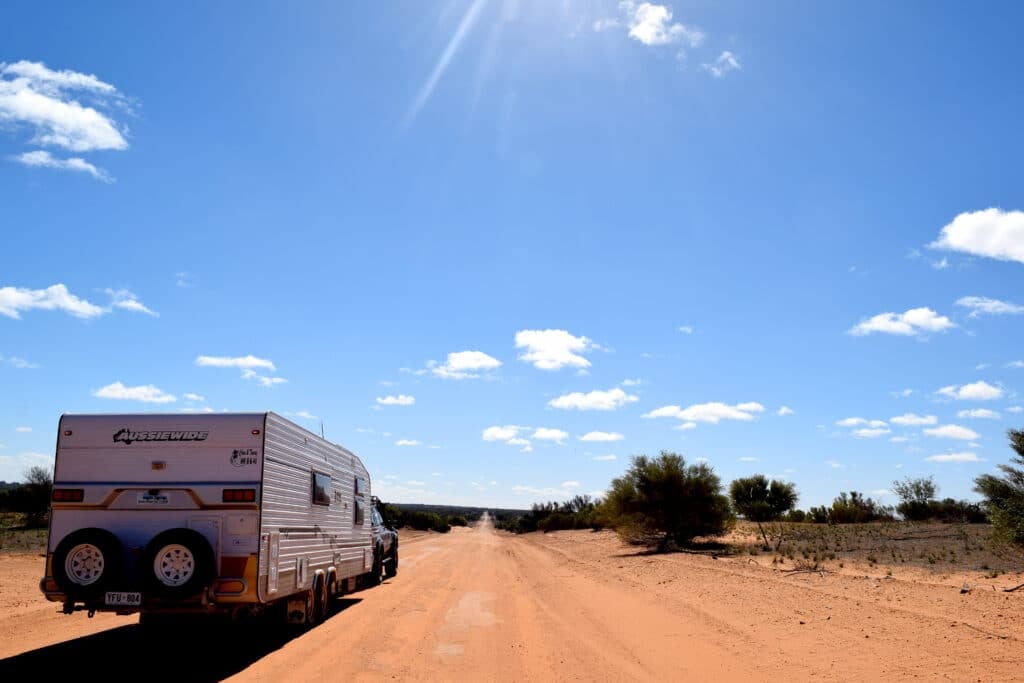
The main difference between 12V and 48V batteries is their power draw. A 12V system requires four times the current (amps) to deliver the same amount of power as a 48V system. The difference can be explained with a common garden hose analogy. Imagine the volts are the water pressure, the amps (current) are the water flow rate, and the watts are the force of water sprayed from the end the hose. A 48V system is like having a hose with four times the water pressure.
48V x 10 amps = 480 watts
12V x 10 amps = 120 watts
The more energy hungry the appliance, the greater wattage it draws. For example, your average toaster draws 1000 watts of power, while an induction cooktop can pull up to 2000 watts. 48V batteries are compatible with larger inverters; the larger the inverter, the greater the number of appliances you can run simultaneously.
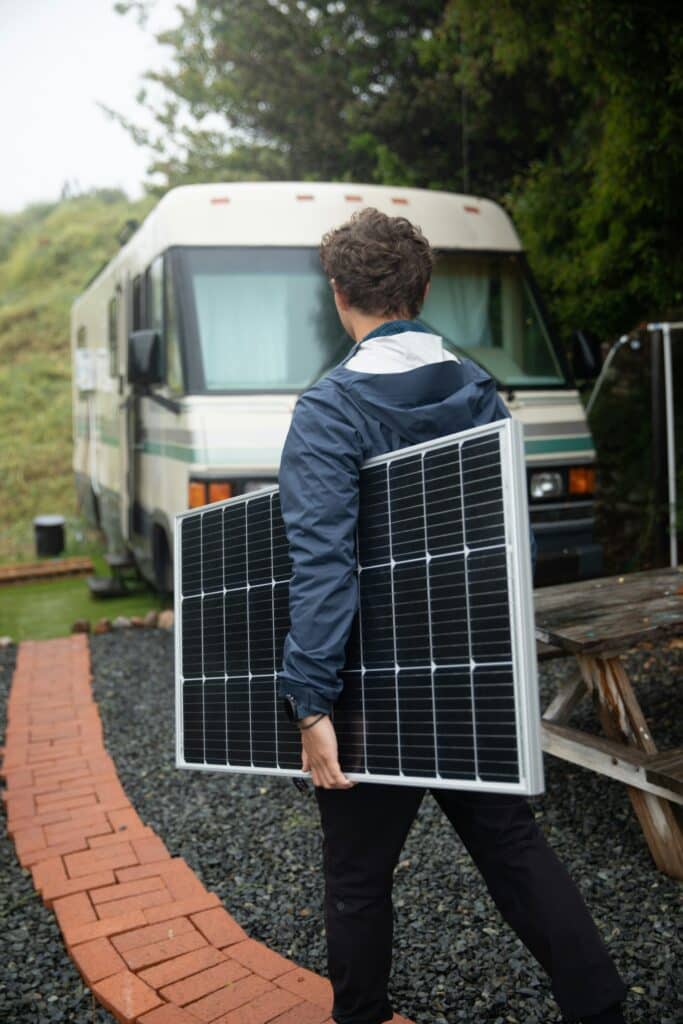
The biggest benefit of switching to 48V is the ability to draw more power more efficiently. This means you can live off grid more comfortably and for longer without sacrificing any mod cons. Morning cappuccino, anyone? This is increasingly more important as today’s modern caravans and motorhomes have hefty power demands. Induction cooktops, coffee machines, air fryers and even Thermomixers have become commonplace in vans. And if you want to use these appliances for an extended period, and while doing a load of washing or running the air-conditioner, you need a large and sophisticated energy system. Of course, using power-hungry appliances requires an inverter to convert the electricity to 240V. With a 48V system, this is a much smaller jump than stepping up the voltage from 12V. As a result, the conversion is more efficient, with less energy loss, so you get much more bang for your buck.
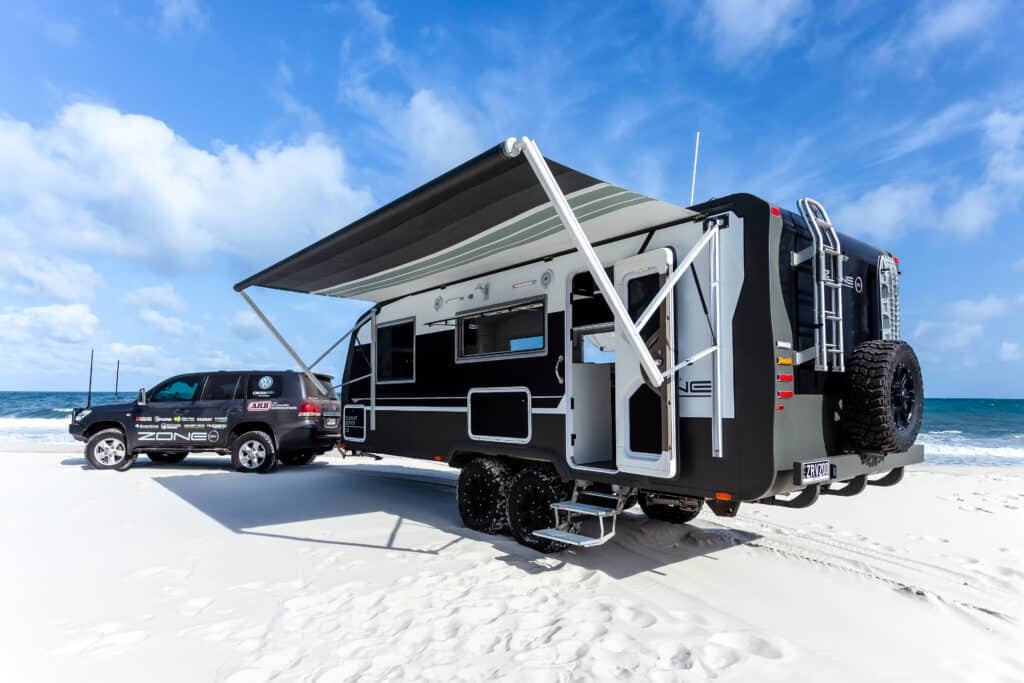
Surely a higher voltage battery means a heavier and bigger unit in you RV? Not necessarily. Another selling point of 48V is it can be a more compact battery storage solution. Achieving the equivalent capacity from a 12V system would require more or larger batteries. The upshot, extra storage in your RV.
You can also save space with cabling because the reduced current draw on a 48V system allows for thinner cables. This means cabling is cheaper, neater and safer, with reduced energy loss and less potential for overheating.
With a 48V battery bank, fed by a large complement of solar (upwards of 800W) and a powerful inverter, you can be self-sufficient for power. For many RVs, this means going all-electric with no reliance on gas. Not only does this save yet more space and weight, but it also eliminates the expense and inconvenience of refilling or exchanging gas bottles. You also no longer need vents inside your RV, reducing dust ingress.
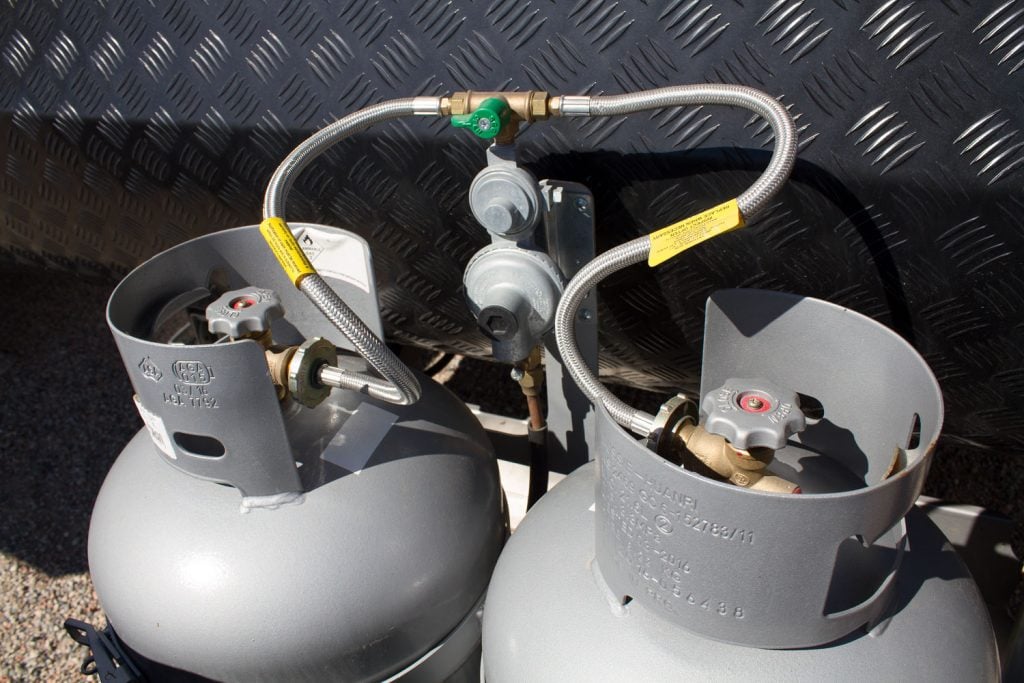
Squirrel away those savings you make in LPG refills because you’re going to need the extra cash to pay off your 48V system. The technology is still quite new in RV circles, and this is reflected in the cost. While the price depends on the size of your battery bank, inverter and solar system, expect to pay significantly more than a 12V system, especially given the extra solar required to feed the batteries at a higher voltage.
Power systems running on 48V need high-voltage solar input to adequately charge. For this reason, rooftop panels are arranged in a solar array. This means they are effectively wired together and their power input is fed collectively into a solar controller for maximum charge. The downside of this system is partial shade on one panel impacts the entire output of the solar panel string. Consequently, you will need to be strategic about where you park your RV for optimal sun exposure.
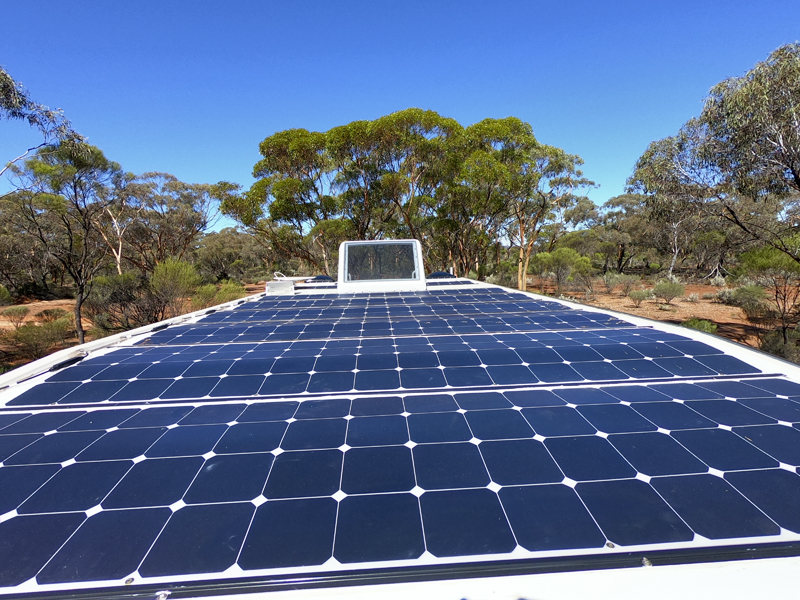
If you’ve done away with gas bottles to make the leap to all-electric, you might want to consider a power redundancy, like diesel, just in case. Having a diesel heater and hot water system will take some of the load off your batteries. Likewise, a diesel generator is a good back-up when the sun isn’t shining.
So is 48V worth the investment? It depends on your power needs and lifestyle choices. If you spend large amounts of time off-grid, prefer all-electric over gas and have a penchant for Thermomix curries eaten in air-conditioned comfort with a latte chaser, 48V could be for you.